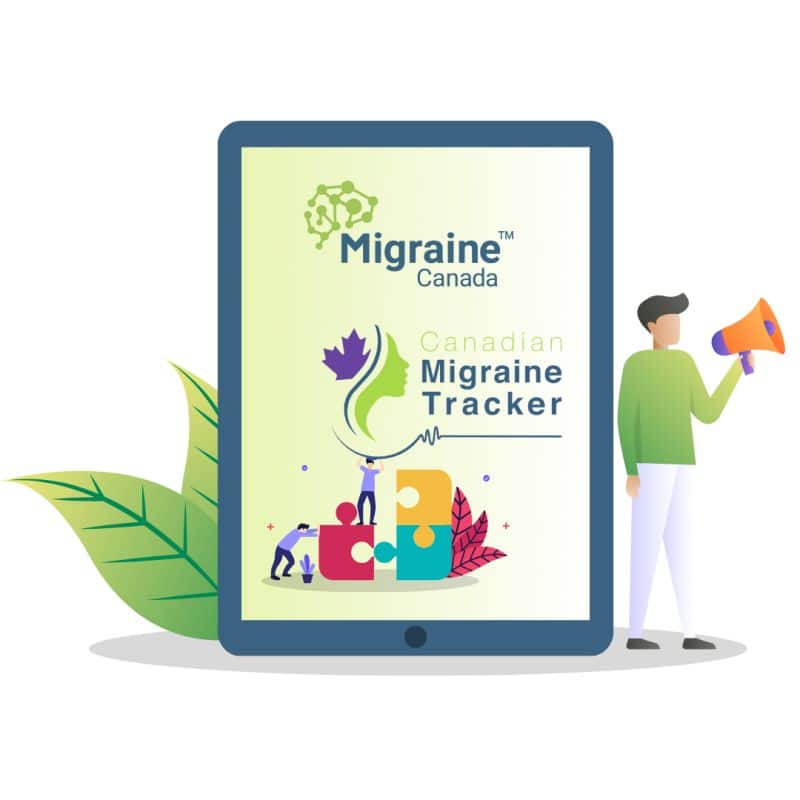Considering the combination of Botox and a CGRP monoclonal antibody (BTX + CGRP MAB) for migraine treatment? Many insurance providers currently do not cover this therapy, despite its potential benefits. This barrier to medical care is unwarranted, as there is no medical reason to deprive patients of this therapeutic combination. We have heard multiple clinicians and patients voicing concerns as they are forced to choose between two drugs that had both significantly contributed to an improvement in quality of life. In this article, we discuss why access to BTX + CGRP MAB treatment matters and how it could offer significant relief for people with chronic migraine.
Arguments supporting this combination of treatments:
- Combining medications with different mechanisms to optimize the treatment of a disease is very common in medicine.
Epilepsy, hypertension, diabetes and cancer are all treated with multiple combinations of drugs, some of them quite expensive. Chronic migraine is an underdiagnosed and undertreated condition that may lead to significant disability and require combinations of treatments.
- There is no medical risk (theoretical or observed in the clinic until now) to combine Botox and CGRP MABs.
Many currently used oral migraine preventives have significant side effects and long term toxicities that are more harmful to patients than Botox and probably CGRP MABs. For more information, see our post on long term risks of migraine preventative treatments.
- There are scientific arguments supporting the BTX + CGRP MAB combination.
Indeed, Botox does inhibit the release of CGRP, but other mechanisms could make them complementary:
- Botox inhibits the release of CGRP from C fibres.
- Antibodies (data available on fremanezumab) block CGRP mostly on A-delta fibres.
- Botox also inhibits the release of other peptides and activity of channels playing a role in neurogenic inflammation.
- Botox is injected locally, CGRP monoclonal antibodies act more diffusely.
- There is a strong clinical impression from many experts around the world that some patients with chronic migraine who get a partial benefit from Botox are further improved by the addition of a CGRP monoclonal antibody.
In the PREEMPT trials on Botox, patients improved on a mean of 8 days per month from a baseline of 20 days. That means that a patient with a baseline of 22 days per month treated with Botox with a 50% response (reaching a frequency of 11 days per month) would still qualify for a CGRP MAB (8 days per month). Also, the clinically meaningful response in chronic migraine is usually considered to be 30%, since these patients may be severely disabled. We can then consider a person with a constant headache with 20 severe migraine days, improving with Botox to a lesser daily intensity and 14 days of severe migraine per month…Botox helps, but this person still is a candidate for a CGRP antibody.
- The headache frequency is not the only outcome to take into account when treating chronic migraine.
Interictal symptoms such as fatigue and neck pain, comorbid mood disorders, neck pain, effectiveness of acute treatments and resistance to the trigger load are all important aspects of the patient’s quality of life.
In summary, clinical experience, preliminary research, and knowledge of the mode of action of these two treatments as outlined above indicates that the combination of BTX + CGRP MAB may be beneficial to a relatively small minority of severely disabled patients with chronic migraine. It is unfair to deny them this potentially life-altering treatment for financial reasons. We will continue to monitor this situation and hope to provide patients with useful information and tools to advocate for themselves.
To learn more about the CGRPs available in Canada, see our post on CGRP monoclonal antibodies.
To learn more about Botox injections, see our post on Botox for migraine.
References
- Chatterjee N, Bivona TG. Polytherapy and Targeted Cancer Drug Resistance. Trends in Cancer. 2019;5(3):170-8
- Whelton PK, Carey RM, Aronow WS, Casey DE, Jr., Collins KJ, Dennison Himmelfarb C, et al. 2017 ACC/AHA/AAPA/ABC/ACPM/AGS/APhA/ASH/ASPC/NMA/PCNA Guideline for the Prevention, Detection, Evaluation, and Management of High Blood Pressure in Adults: A Report of the American College of Cardiology/American Heart Association Task Force on Clinical Practice Guidelines. J Am Coll Cardiol. 2018;71(19):e127-e248.
- Nair DR. Management of Drug-Resistant Epilepsy. Continuum (Minneap Minn). 2016;22(1 Epilepsy):157-72.
- VanderPluym J, Evans RW, Starling AJ. Long-Term Use and Safety of Migraine Preventive Medications. Headache. 2016;56(8):1335-43.
- Melo-Carrillo A, Strassman AM, Nir R-R, Schain A, Noseda R, Stratton J, et al. Fremanezumab – a humanized monoclonal anti-CGRP antibody — inhibits thinly myelinated (Aδ) but not unmyelinated (C) meningeal nociceptors. The Journal of Neuroscience. 2017;37:2211-17.
- Zhang X, Strassman AM, Novack V, Brin MF, Burstein R. Extracranial injections of botulinum neurotoxin type A inhibit intracranial meningeal nociceptors’ responses to stimulation of TRPV1 and TRPA1 channels: Are we getting closer to solving this puzzle? Cephalalgia. 2016;36(9):875-86.
- Favre-Guilmard C, Auguet M, Chabrier PE. Different antinociceptive effects of botulinum toxin type A in inflammatory and peripheral polyneuropathic rat models. European journal of pharmacology. 2009;617(1-3):48-53.
- Dodick DW, Turkel CC, DeGryse RE, Aurora SK, Silberstein SD, Lipton RB, et al. OnabotulinumtoxinA for treatment of chronic migraine: Pooled results from the double-blind, randomized, placebo-controlled phases of the PREEMPT clinical program. Headache. 2010;50(6):921-36.
- Dodick DW, Turkel CC, DeGryse RE, Diener HC, Lipton RB, Aurora SK, et al. Assessing clinically meaningful treatment effects in controlled trials: Chronic migraine as an example. The journal of pain: Official journal of the American Pain Society. 2015;16(2):164-75.
- Lanteri-Minet M, Duru G, Mudge M, Cottrell S. Quality of life impairment, disability and economic burden associated with chronic daily headache, focusing on chronic migraine with or without medication overuse: A systematic review. Cephalalgia. 2011;31(7):837-50.
- Leonardi M, Raggi A. A narrative review on the burden of migraine: When the burden is the impact on people’s life. J Headache Pain. 2019;20(1):41.
- Hartung DM. Economics and Cost-Effectiveness of Multiple Sclerosis Therapies in the USA. Neurotherapeutics : the journal of the American Society for Experimental NeuroTherapeutics. 2017;14(4):1018-26.
- Young WB, Park JE, Tian IX, Kempner J. The stigma of migraine. PLoS One. 2013;8(1):e54074.
- Global, regional, and national burden of neurological disorders, 1990-2016: A systematic analysis for the Global Burden of Disease Study 2016. Lancet Neurol. 2019;18(5):459-80.
- Steiner TJ, Stovner LJ, Vos T. GBD 2015: Migraine is the third cause of disability in under 50s. J Headache Pain. 2016;17(1):104.
- Lanteri-Minet M. Economic burden and costs of chronic migraine. Curr Pain Headache Rep. 2014;18(1):385.



